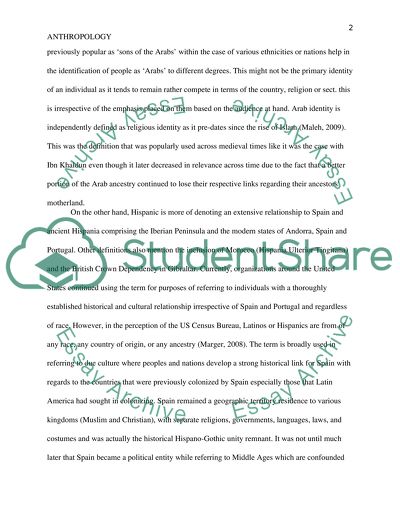Cite this document
(“Exploring my own Ethnicity Term Paper Example | Topics and Well Written Essays - 2500 words”, n.d.)
Exploring my own Ethnicity Term Paper Example | Topics and Well Written Essays - 2500 words. Retrieved from https://studentshare.org/anthropology/1477786-exploring-my-own-ethnicity
Exploring my own Ethnicity Term Paper Example | Topics and Well Written Essays - 2500 words. Retrieved from https://studentshare.org/anthropology/1477786-exploring-my-own-ethnicity
(Exploring My Own Ethnicity Term Paper Example | Topics and Well Written Essays - 2500 Words)
Exploring My Own Ethnicity Term Paper Example | Topics and Well Written Essays - 2500 Words. https://studentshare.org/anthropology/1477786-exploring-my-own-ethnicity.
Exploring My Own Ethnicity Term Paper Example | Topics and Well Written Essays - 2500 Words. https://studentshare.org/anthropology/1477786-exploring-my-own-ethnicity.
“Exploring My Own Ethnicity Term Paper Example | Topics and Well Written Essays - 2500 Words”, n.d. https://studentshare.org/anthropology/1477786-exploring-my-own-ethnicity.


